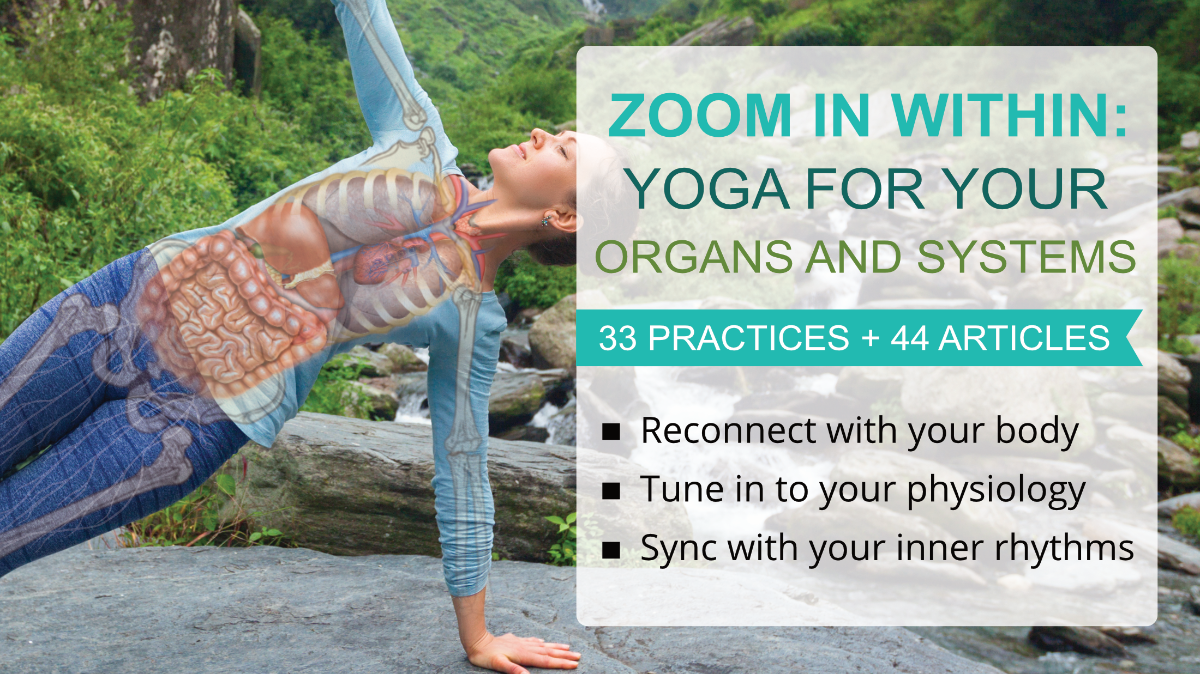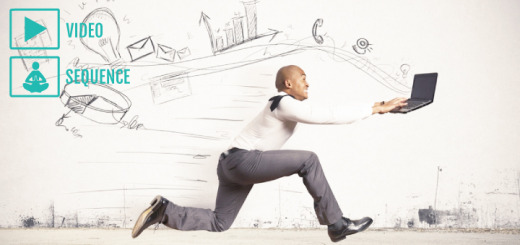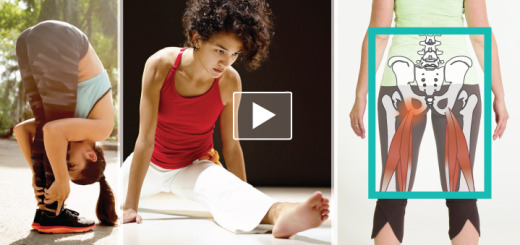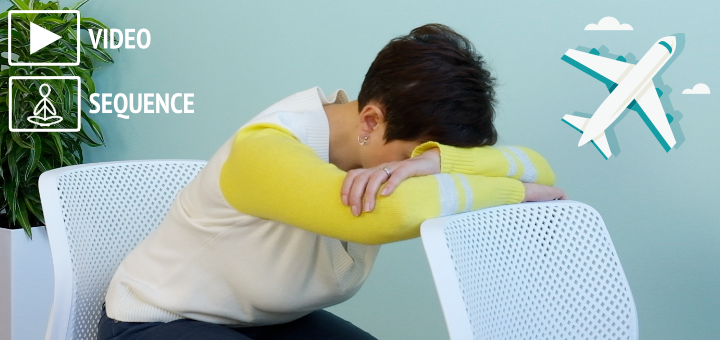Yoga practices for dealing with anxiety
1Yoga is uniquely positioned to be very effective for dealing with anxiety because it addresses the symptoms and sources of anxiety on multiple levels of our systems. Our yoga practice can help us shift our attention from the mind to the body, discharge excess nervous energy, balance our sympathetic nervous system, become more aware of our mental loops, and invoke a sense of curiosity about our inner state. The four yoga practices below target different aspects of anxiety and give us tools to discharge, examine, and reframe our anxious thoughts.
Get curious and discover your inner wonders
Curiosity is an innate quality that we all share. The psychologists Jordan Litman and Paul Silva describe two main flavors of curiosity: I-curiosity, which stands for interest, and D-curiosity, which stands for Deprivation. Deprivation curiosity makes you feel tense and restless; it’s an itch you need to scratch, a nagging sensation of missing out on something; the same curiosity killed the proverbial cat. On the other hand, interest curiosity represents the wide-eyed wonder of discovery; it is piqued when we are engaged and interested in learning more about something. Interest curiosity makes us feel spacious and connected. Interest curiosity is our superpower because it keeps us engaged with the world, pulls us out of our habitual behaviors, deepens our self-awareness, and fills our lives with wonder. In this yoga practice, we will experiment with both curiosity types, Deprivation and Interest curiosity, and experience them within our bodies. Then we will bring Interest curiosity to our movements and breathing to marvel at our bodies and their abilities. We will try to sense the feeling-tone of our energy to see if it feels like a musical instrument and what kind of tune we are playing on the inside.
Release head tension and lighten your load
In this yoga practice, we focus on familiarizing ourselves with our headache patterns to better understand where it hurts and in what way. Oftentimes simply shining the light of awareness on our sensations helps us release chronically held tensions and settle our nervous system. In this practice, we will use very simple movements done close to the ground, specific gaze positioning, prolonged exhalation, and directed attention to release mental and physical tension from your head and lighten your literal and metaphorical load. For this practice, we will need a rolled-up hand towel to support the curve of the neck and another small towel or eye pillow to cover the eyes. Please feel free to skip any movements or techniques that feel inappropriate for your situation.

To learn more about your nervous system, try our complete yoga series Zoom in Within: Yoga for Your Organs and Systems. In this series, we will explore several layers of our physiology: skeletal, respiratory, digestive, immune, cardiovascular, and nervous systems to develop a better theoretical understanding and intuitive awareness of what’s going on “under the hood.” In the series, we explore each physiological system through three different lenses:
- Structure and function (the Western science lens). We will discuss the major players (organs and tissues) within each physiological system and their function. We will also highlight what can go wrong and how we can try to prevent it with the choices we make.
- Movement of nourishment (the Yogic lens): We will follow the movement of energy throughout the system to observe the patterns of imbalance and common themes between different systems to see the full picture.
- Individual characteristics and predispositions (the Ayurvedic lens): We will analyze how your inborn constitution affects your predisposition to certain diseases and imbalances and the actions you can take to correct the imbalances and live more attuned to your natural rhythms.
Check out the series >
[jetpack_subscription_form]

Editable sequences of all practices are available to Sequence Wiz members. Just copy them to My Sequences, make any changes you wish, and send them to your students.
Learn more about Sequence Wiz membership >




















Starting to read your blog today was the right decision I suppose. I am glad I made that choice.